Andleeb, S., Shafique, I., Naseer, A., Abbasi, W. A., Ejaz, S., Liaqat, I. et al. 2022. Molecular characterization of plant growth-promoting vermi-bacteria associated with
Eisenia fetida gastrointestinal tract.
PLoS ONE 17: e0269946.



Bentley, S. D., Chater, K. F., Cerdeño-Tárraga, A. M., Challis, G. L., Thomson, N. R., James, K. D. et al. 2002. Complete genome sequence of the model actinomycete
Streptomyces coelicolor A3(2).
Nature 417: 141-147.



Bintarti, A. F., Sulesky-Grieb, A., Stopnisek, N. and Shade, A. 2022. Endophytic microbiome variation among single plant seeds.
Phytobiomes J. 6: 45-55.

Bokhari, A., Essack, M., Lafi, F. F., Andres-Barrao, C., Jalal, R., Alamoudi, S. et al. 2019. Bioprospecting desert plant
Bacillus endophytic strains for their potential to enhance plant stress tolerance.
Sci. Rep. 9: 18154.




Cha, J. Y., Han, S., Hong, H. J., Cho, H., Kim, D., Kwon, Y. et al. 2016. Microbial and biochemical basis of a Fusarium wilt-suppressive soil.
ISME J. 10: 119-129.




Chen, S., Chen, X. and Xu, J. 2016. Impacts of climate change on agriculture: evidence from China.
J. Environ. Econ. Manage. 76: 105-124.

Costa, E., Teixidó, N., Usall, J., Atarés, E. and Viñas, I. 2002. The effect of nitrogen and carbon sources on growth of the biocontrol agent
Pantoea agglomerans strain CPA‐2.
Lett. Appl. Microbiol. 35: 117-120.


Deshpande, B. S., Ambedkar, S. S. and Shewale, J. G. 1988. Biologically active secondary metabolites from
Streptomyces
.
Enzyme Microb. Technol. 10: 455-473.

Ducray, H. A. G., Globa, L., Pustovyy, O., Morrison, E., Vodyanoy, V. and Sorokulova, I. 2019. Yeast fermentate prebiotic improves intestinal barrier integrity during heat stress by modulation of the gut microbiota in rats.
J. Appl. Microbiol. 127: 1192-1206.




Du, J., Li, Y., Ur-Rehman, S., Mukhtar, I., Yin, Z., Dong, H. et al. 2021. Synergistically promoting plant health by harnessing synthetic microbial communities and prebiotics.
iScience 24: 102918.



Fidan, O. and Zhan, J. 2019. Discovery and engineering of an endophytic
Pseudomonas strain from
Taxus chinensis for efficient production of zeaxanthin diglucoside.
J. Biol. Eng. 13: 66.




Harir, M., Bendif, H., Bellahcene, M., Fortas, Z. and Pogni, R. 2018. Streptomyces secondary metabolites. In: Basic Biology and Applications of Actinobacteria, ed. by S. Enany, pp. 99-122. IntechOpen, London, UK.

Herrera-Quiterio, A., Toledo-Hernández, E., Aguirre-Noyola, J. L., Romero, Y., Ramos, J., Palemón-Alberto, F. et al. 2020. Antagonic and plant growth-promoting effects of bacteria isolated from mine tailings at El Fraile, Mexico.
Rev. Argent. Microbiol. 52: 231-239.


Jägermeyr, J., Robock, A., Elliott, J., Müller, C., Xia, L., Khabarov, N. et al. 2020. A regional nuclear conflict would compromise global food security.
Proc. Natl. Acad. Sci. U. S. A. 117: 7071-7081.



Jeon, C. W., Kim, D. R. and Kwak, Y. S. 2019. Valinomycin, produced by
Streptomyces sp. S8, a key antifungal metabolite in large patch disease suppressiveness.
World J. Microbiol. Biotechnol. 35: 128.



Jung, Y. J., Joung, Y. and Ahn, T. S. 2011. Characterization of Actinomyces isolated from freshwater sponges in lake Baikal. Korean J. Microbiol. 47: 130-136.
Kalaiyarasi, M., Ahmad, P. and Vijayaraghavan, P. 2020. Enhanced production antibiotics using green gram husk medium by
Streptomyces sp. SD1 using response surface methodology.
J. King Saud Univ. Sci. 32: 2134-2141.

Kim, D. R., Cho, G., Jeon, C. W., Weller, D. M., Thomashow, L. S., Paulitz, T. C. et al. 2019a. A mutualistic interaction between
Streptomyces bacteria, strawberry plants and pollinating bees.
Nat. Commun. 10: 4802.



Kim, D. R., Jeon, C. W., Cho, G., Thomashow, L. S., Weller, D. M., Paik, M. J. et al. 2021. Glutamic acid reshapes the plant microbiota to protect plants against pathogens.
Microbiome 9: 244.




Kim, D. R., Jeon, C. W., Shin, J. H., Weller, D. M., Thomashow, L. and Kwak, Y. S. 2019b. Function and distribution of a lantipeptide in strawberry Fusarium wilt disease-suppressive soils.
Mol. Plant-Microbe Interact. 32: 306-312.


Kim, M. J., Chae, D. H., Cho, G., Kim, D. R. and Kwak, Y. S. 2019c. Characterization of antibacterial strains against kiwifruit bacterial canker pathogen.
Plant Pathol. J. 35: 473-485.



Lau, J. A., Lennon, J. T. and Heath, K. D. 2017. Trees harness the power of microbes to survive climate change.
Proc. Natl. Acad. Sci. U. S. A. 114: 11009-11011.



Lee, J. H., Lee, Y. S. and Kim, Y. C. 2021. Effect of temperature and culture media composition on sporulation, mycelial growth, and antifungal activity of
Isaria javanica pf185.
Res. Plant Dis. 27: 99-106.


Lee, N., Hwang, S., Kim, J., Cho, S., Palsson, B. and Cho, B. K. 2020. Mini review: genome mining approaches for the identification of secondary metabolite biosynthetic gene clusters in
Streptomyces
.
Comput. Struct. Biotechnol. J. 18: 1548-1556.



Lu, T., Ke, M., Lavoie, M., Jin, Y., Fan, X., Zhang, Z. et al. 2018. Rhizosphere microorganisms can influence the timing of plant flowering.
Microbiome 6: 231.




Mostafa, S. A. 1979. Activity of L-asparaginase in cells of. Streptomyces karnatakensis. Zentralbl. Bakteriol. Natuwiss. 134: 343-351.
Oviedo-Pereira, D. G., López-Meyer, M., Evangelista-Lozano, S., Sarmiento-López, L. G., Sepúlveda-Jiménez, G. and Rodríguez-Monroy, M. 2022. Enhanced specialized metabolite, trichome density, and biosynthetic gene expression in
Stevia rebaudiana (Bertoni) Bertoni plants inoculated with endophytic bacteria
Enterobacter hormaechei
.
PeerJ 10: e13675.




Padilla, G., Hindle, Z., Callis, R., Corner, A., Ludovice, M., Liras, P. et al. 1991. The relationship between primary and secondary metabolism in Streptomycetes. In: Genetics and Product Formation in
Streptomyces
, eds. by S. Baumberg, H. Krugel and D. Noack, pp. 35-45. Federation of European Microbiological Societies Symposium Series55: Springer, Boston, MA.

Park, J. K., Kim, J., Lee, C. W., Song, J., Seo, S. I., Bong, K. M. et al. 2019. Mass cultivation and characterization of multifunctional
Bacillus velezensis GH1-13.
Korean J. Org. Agric. 27: 65-76.

Park, J. K., Seo, S. I., Han, G. H., Kim, K. M., Kim, D. H., Song, J. et al. 2018. Development of practical media and fermentative technique for mass cultivation from agricultural and livestock microorganism.
Trends Agric. Life Sci. 56: 23-33.


Patel, D. and Parmar, P. 2013. Isolation and screening of phosphate solubilizing bacteria from sunflower rhizosphere. Glob. J. Biosci. Biotechnol. 2: 438-441.
Redford, A. J., Bowers, R. M., Knight, R., Linhart, Y. and Fierer, N. 2010. The ecology of the phyllosphere: geographic and phylogenetic variability in the distribution of bacteria on tree leaves.
Environ. Microbiol. 12: 2885-2893.



Reese, A. T., Pereira, F. C., Schintlmeister, A., Berry, D., Wagner, M., Hale, L. P. et al. 2018. Microbial nitrogen limitation in the mammalian large intestine.
Nat. Microbiol. 3: 1441-1450.




Rico, A. and Preston, G. M. 2008.
Pseudomonas syringae pv. tomato DC3000 uses constitutive and apoplast-induced nutrient assimilation pathways to catabolize nutrients that are abundant in the tomato apoplast.
Mol. Plant-Microbe Interact. 21: 269-282.


Ripa, E. A., Nikkon, K., Zaman, S. and Khondkar, P. 2009. Optimal conditions for antimicrobial metabolites production from a new
Streptomyces sp. RUPA-08PR isolated from Bangladeshi soil.
Mycobiology 37: 211-214.



Rodriguez, P. A., Rothballer, M., Chowdhury, S. P., Nussbaumer, T., Gutjahr, C. and Falter-Braun, P. 2019. Systems biology of plant-microbiome interactions.
Mol. Plant 12: 804-821.


Voelker, F. and Altaba, S. 2001. Nitrogen source governs the patterns of growth and pristinamycin production in ‘
Streptomyces pristinaespiralis’.
Microbiology 147: 2447-2459.


Xiong, C., Singh, B. K., He, J. Z., Han, Y. L., Li, P. P., Wan, L. H. et al. 2021. Plant developmental stage drives the differentiation in ecological role of the maize microbiome.
Microbiome 9: 171.




Yagüe, P., Lopez-Garcia, M. T., Rioseras, B., Sanchez, J. and Manteca, A. 2012. New insights on the development of Streptomyces and their relationships with secondary metabolite production. Curr. Trends Microbial. 8: 65-73.
Xu, Y., Ge, Y., Song, J. and Rensing, C. 2019. Assembly of root-associated microbial community of typical rice cultivars in different soil types.
Biol. Fertil. Soils 56: 249-260.


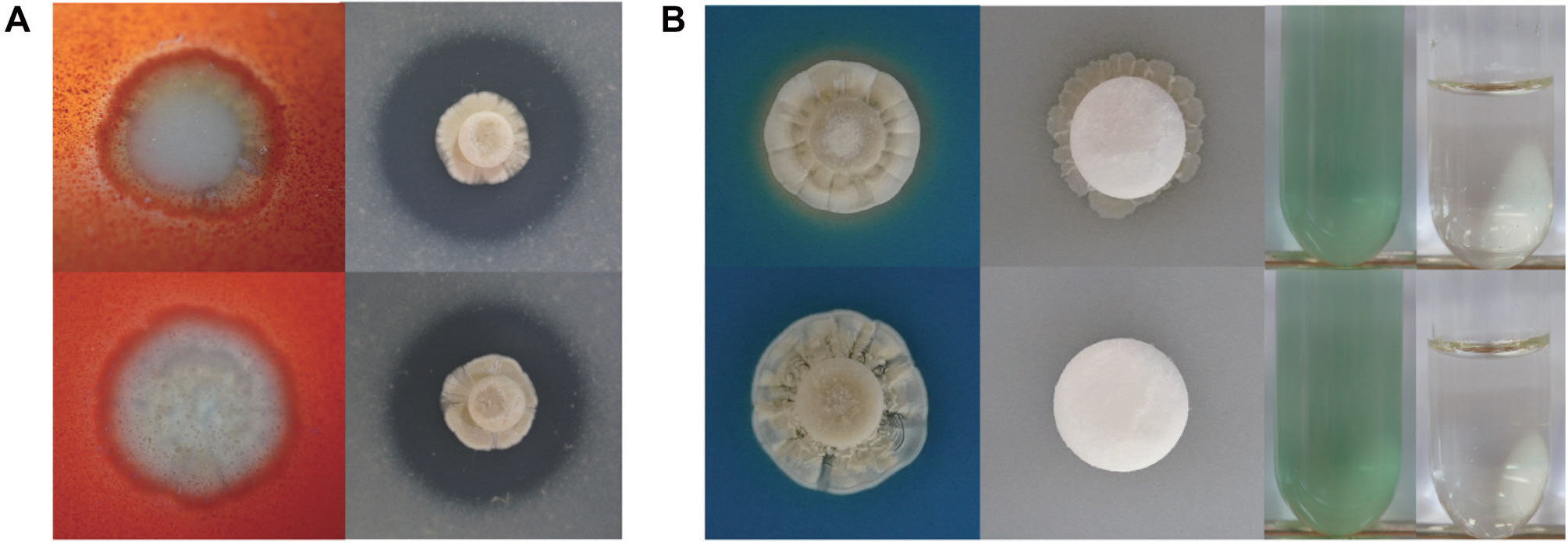
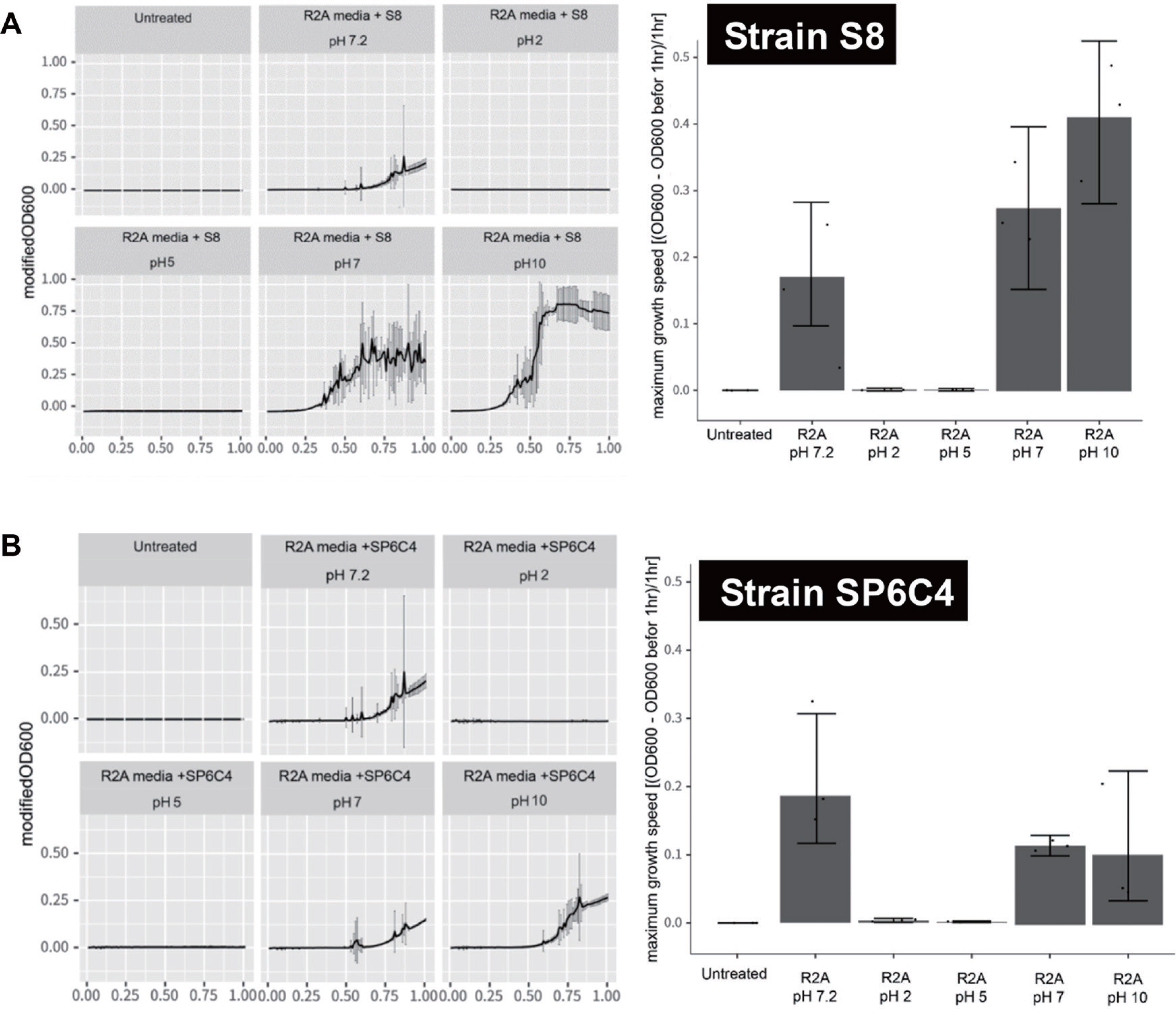
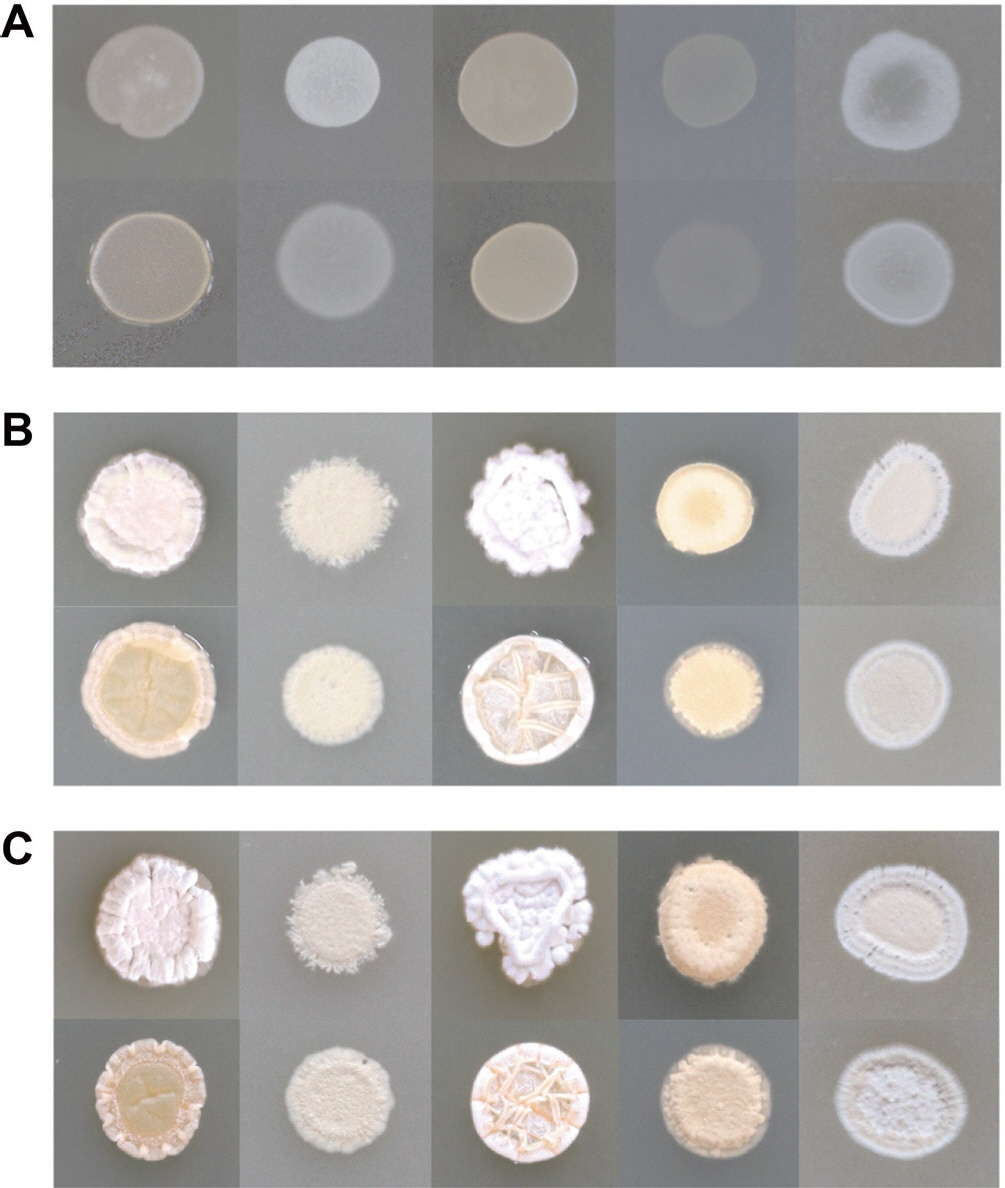
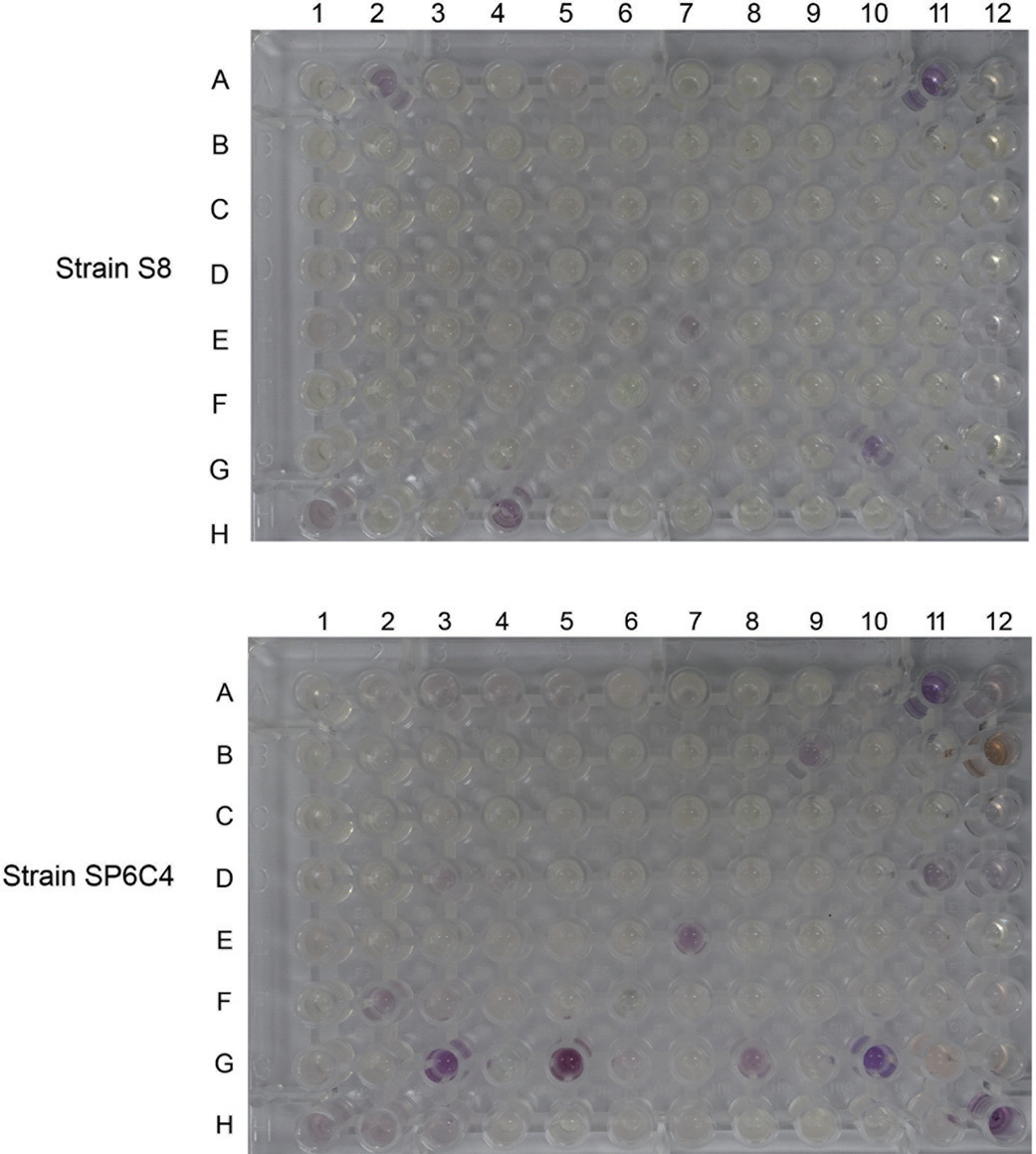
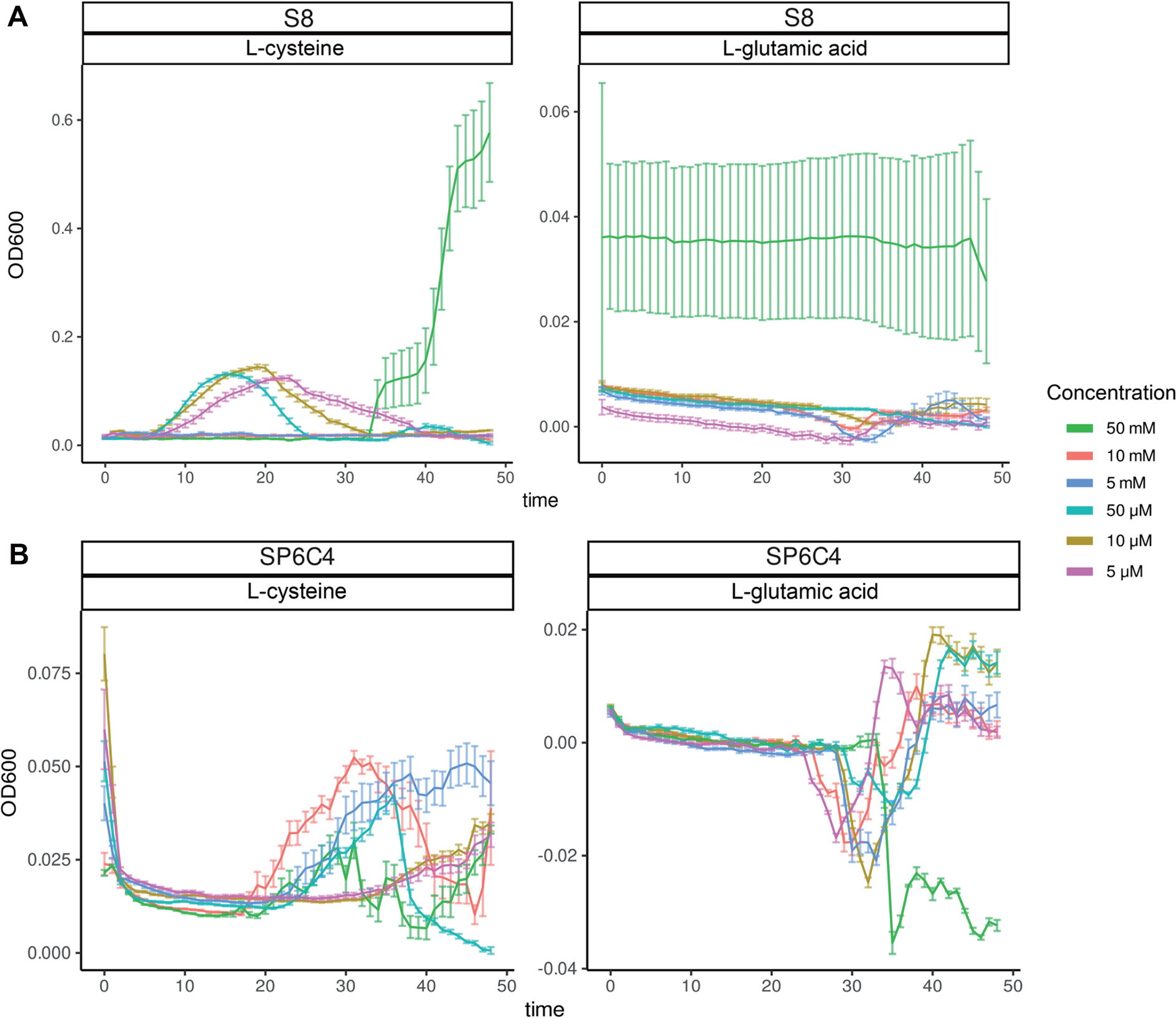

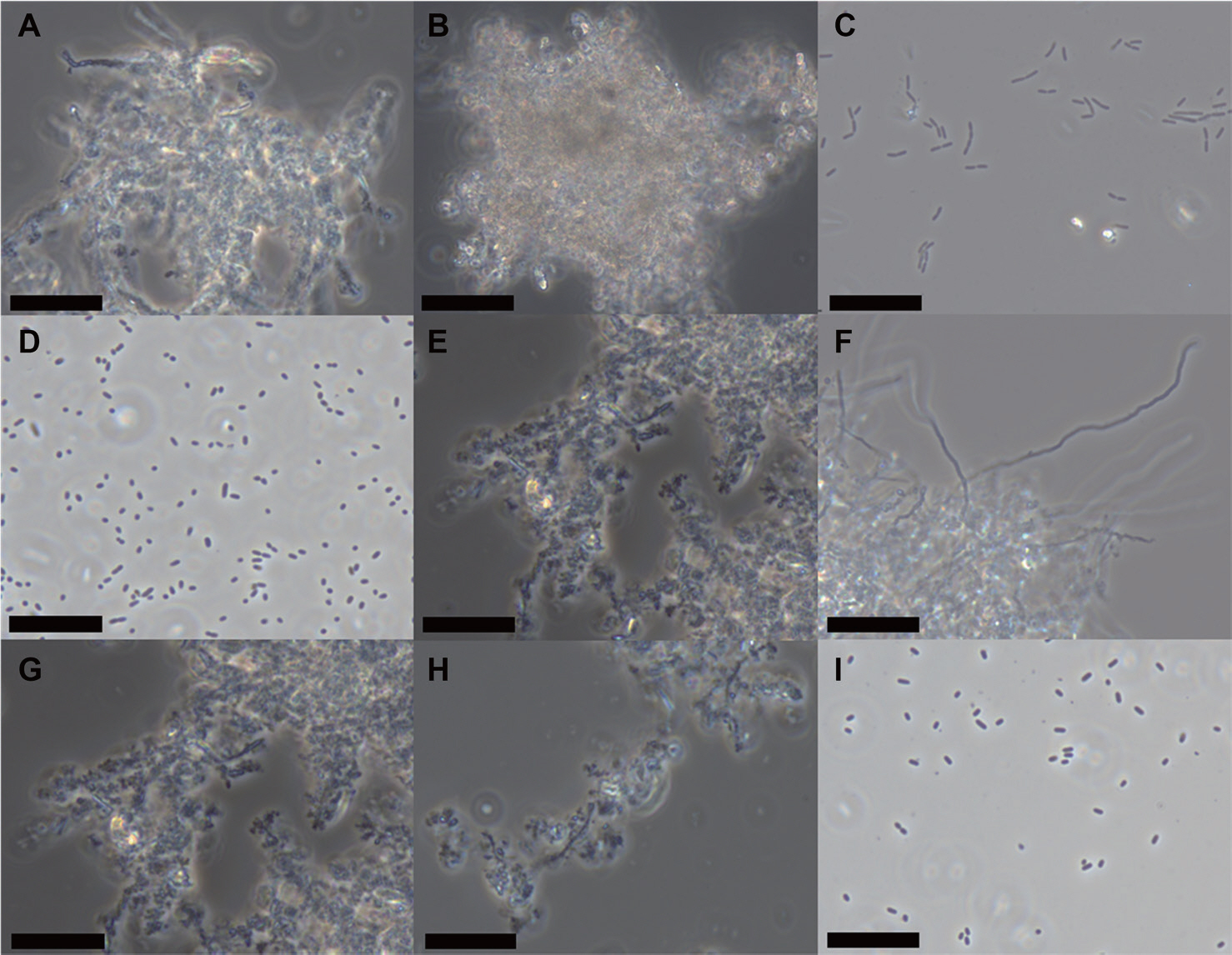




 PDF Links
PDF Links PubReader
PubReader ePub Link
ePub Link Full text via DOI
Full text via DOI Download Citation
Download Citation Print
Print






